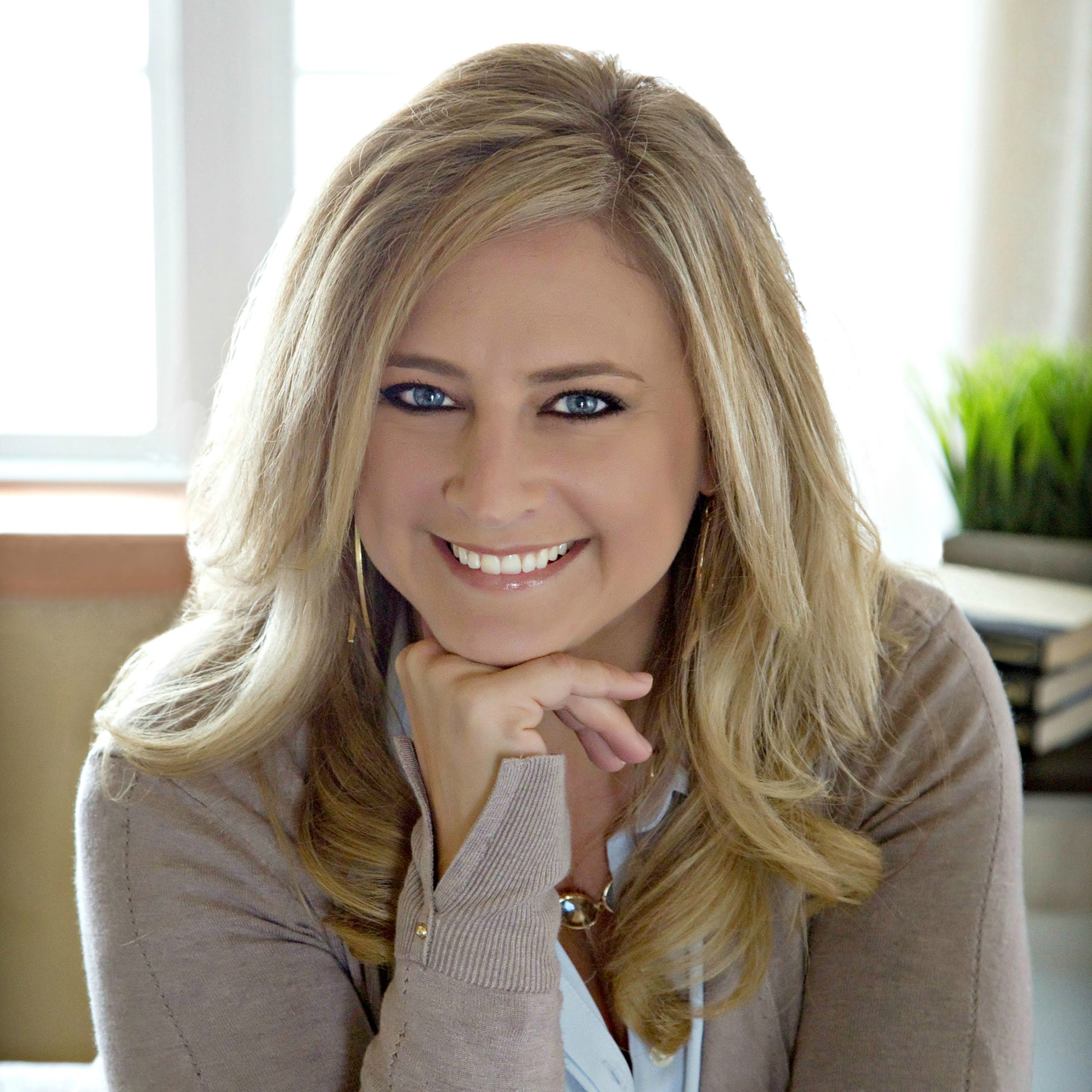 In this episode of the Stigma Podcast, I had a chance to speak with Mandy Froehlich. Mandy is an educator, and personally, opens with us about overcoming PTSD, depression, and anxiety.
In this episode of the Stigma Podcast, I had a chance to speak with Mandy Froehlich. Mandy is an educator, and personally, opens with us about overcoming PTSD, depression, and anxiety.
Mandy is an experienced educator who leverages her professional experience, and her passion for learning, to teach, train, and inspire other teachers to renew their excitement for teaching, and re-engage with their profession in an innovative way.
Currently, she spends her time consulting school districts and post-secondary institutions on effective use of technology to support teaching, mental health support for educators, and how to create organizational change within educational institutions.
Mandy has published a couple of books. The first was titled “The Fire Within: Lessons from defeat that have ignited a passion for learning” – where she discusses the idea of mental health awareness within schools. Her most recent book, titled, “Divergent EDU” is based on an organizational structure concept called “Hierarchy of Needs for Innovation and Divergent Thinking” which was developed to support teachers in innovative and divergent thinking.
Mandy is also the host of a podcast, called “Teacher’s Aid” – which focuses on provided social and emotional support for the very personal challenges that teachers face.
You can connect with Mandy and learn more about her work here: Her Website, Her Twitter, LinkedIn, Teacher’s Aid Podcast
HERE ARE SOME OF THE THINGS WE DISCUSSED:
- Teacher burnout – We talked a bit about how she became a teacher, and how over time she struggled to stay motivated. This led to a conversation broadly on teacher burnout and why teachers disengage, burnout, have a high attrition rate, etc. This impacts the children and we dig into why on this podcast.
- The role of the school, teacher, and parent in acknowledging a child’s mental health issues – We talked about this concept that as parents have begun to work more, with both parents having full-time jobs, the school has been forced to become a de facto parent for 7-8 hours a day. We discussed what role the school, the teachers, and the children themselves play in observing and helping those who have mental health needs within the school system.
- Should teachers be talking about their own mental health concerns? It depends on who they are talking to. Although teachers should be able to be vulnerable with their students, oversharing can be bad. It’s ok to admit when you may be dealing with something difficult. Kids need to know they are not alone. It’s also ok for teachers to admit their struggles to other teachers. In a lot of ways, teachers are the only ones who really understand other teachers.
- What will mental health help look like inside of a school? Some schools are implementing social and emotional learning as well as mindfulness into regular curriculum. The schools that are doing it well are integrating these things into regular content, so kids are learning to self-regulate and read at the same time, for example.
- What if the parent or teacher isn’t pulling their weight? This is very common. It’s more common than everyone being on the same page. Sometimes the MH issues are caused at home. Not all MH issues come from the parents, there are other things that cause MH issues and trauma, but sometimes it does come from something going on at home. Alcoholic parents, abusive parents, etc. This makes it much more difficult for the educator. Any headway the schools can make is erased by the child going home at night or over the summer. We talked at length about this.
- Peer to peer support systems within schools – and at what age can it work? We talked about peer to peer support networks within schools and how effective they can or can’t be. We discussed at what ages it can work or makes sense to try. We talked about how peer to peer solutions are good but are only one part of a bigger implementation of solutions. We find that many kids have a stronger connection with their peers than adults, and when you consider that teachers have to report a lot of what they hear kids talking about, it is safer for kids to talk to their peers (and better than not talking at all). On the topic of how early is too early, she says she has seen peer to peer networks work as early as 2nd grade (with adult monitoring and facilitation of course).
- We talked about stigma and compared the way children and adults stigmatize mental health issues. Based on our conversation, it appears that children are less likely to stigmatize themselves or others and are more open to talking about their problems than many adults. However, at younger ages, they don’t have the coping skills to deal with the issues that come up so they have to be in the right environment with the right oversight to have these conversations.




